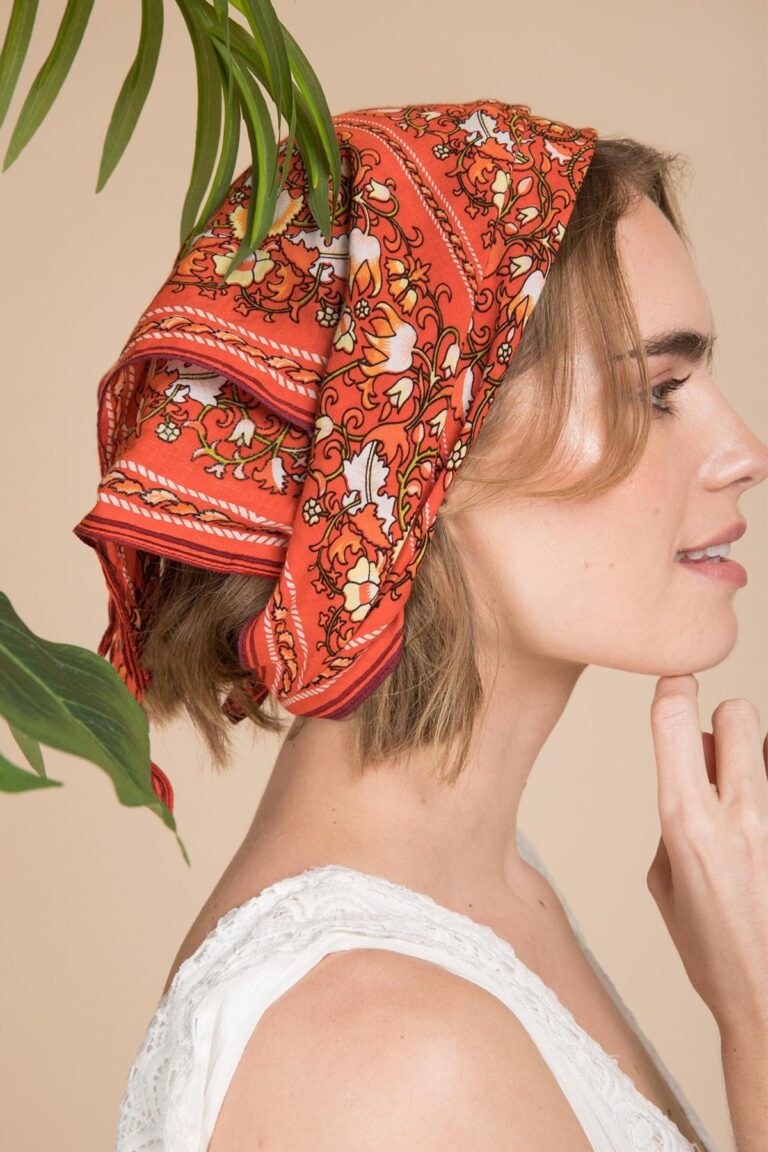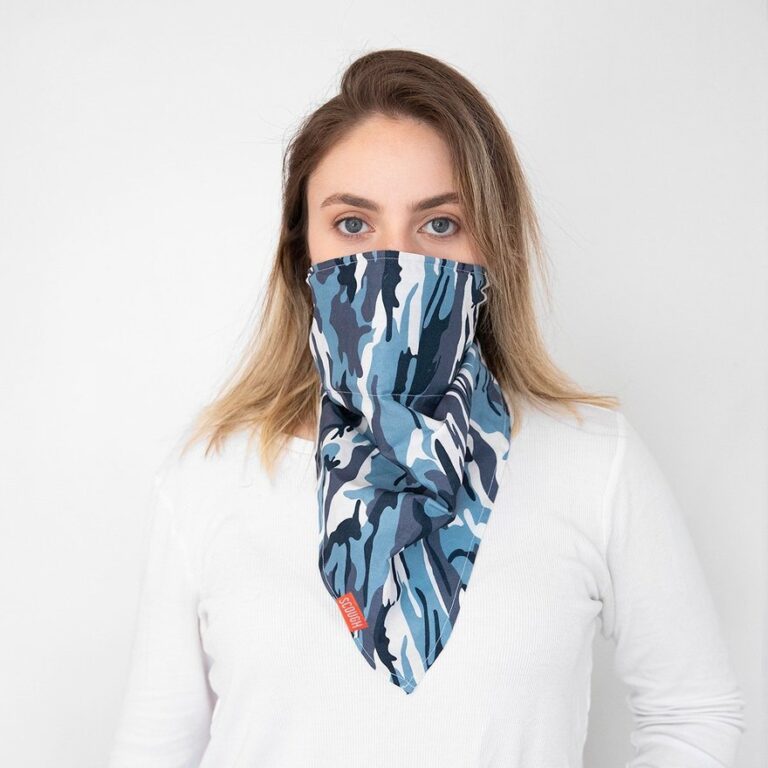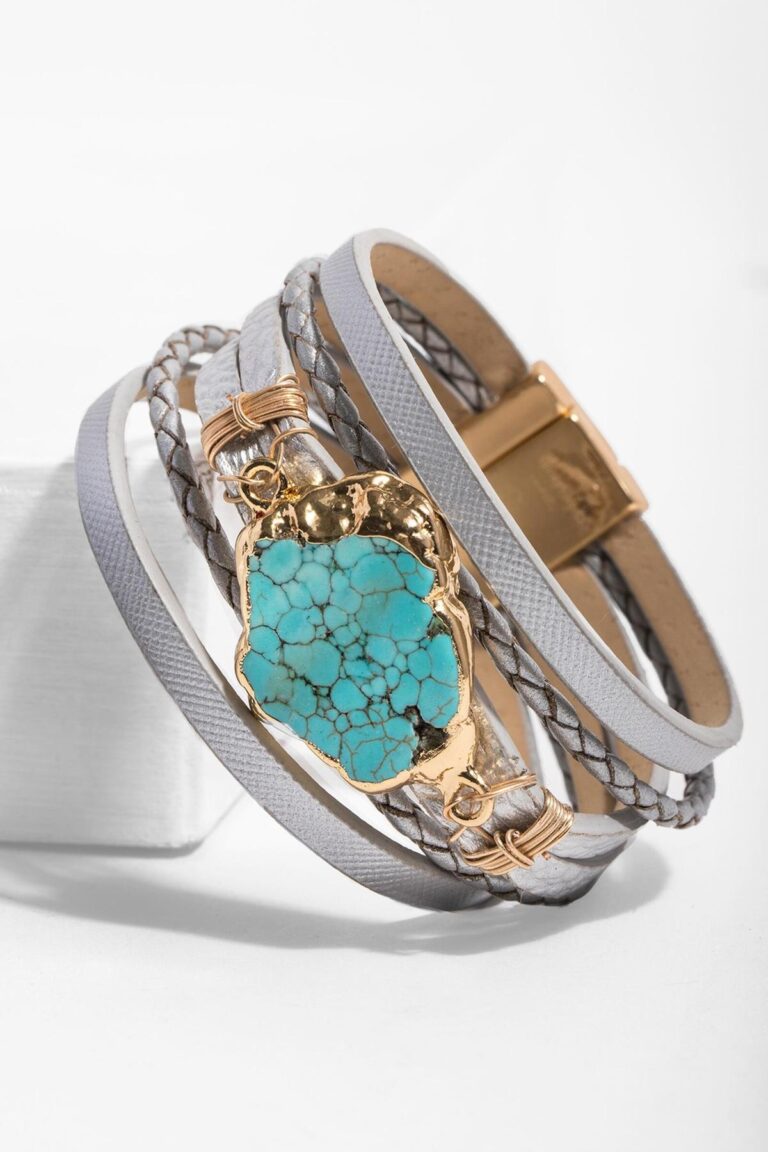Bracelets could leave the gems business for a long time and afterward ascend to the highest point of the style Olympus. A wristband wasn’t only a piece of gems. They filled in as a charm for insurance against malicious spirits.
The most punctual adornments were utilized as defensive charms, wards, and charms made to either shield its proprietor from both physical and profound peril or demonstrate their ancestral participation. Their development included every single accessible material, going from the teeth and skins of creatures to shells, birds’ quills, and tree covering.
One illustration of such practices comes from North America, where some Native American gatherings wore enriching hats made of various creature items. The exemplary conflict hood of the Plains Indians is the most popular illustration of this. Across the Atlantic, the Scandinavian Norsemen/Vikings liked to wear iron and stone ornaments that were cut into explicit shapes, similar to sledges, crosses, and wheels. Slavic people groups considered the image of a bear’s paw print to be one of the best defensive charms, making silver leather bracelets in its shape. The individuals who couldn’t stand to make or buy a silver one would weave the shape onto their garments.
During the hour of domains and aristocratic rulers, human resourcefulness permitted us to work silver and gold into strings. Thusly, specialists would mesh pounds of gold into the mantles and formal attire of the Roman sovereign. This showed a major change in the part of male adornments, permitting them to demonstrate social standing and status effortlessly.
The Medieval Age saw a helpless general people, with just the rich and amazing managing the cost of adornments and improving extras. The “Regular person” of the time would have dressed himself submissively, moderately, leaning toward bronze or copper hoops, bracelets, and pins. The 1700s carried an immense shift to the universe of adornments, with the two people wearing different pieces of jewelry, bracelets, rings, and valuable gemstones.
With the 1800s came the business/market upheaval, carrying with it a shift to a craving for common sense. This is exemplified in how men’s adornments were managed down to just practical things, like pins for ties, sleeve fasteners for shirts, and so forth It was right now that men in the West started to lose their partiality and want to wear brilliant and extravagant designs
Our advanced design reminds the incredible and affluent that polish and style can be communicated with the assistance of little however successful extras. Men are all the more promptly exploring different avenues regarding their outfit, bringing back more established things like hoops, sleeve buttons, and enhancing pins. Nonetheless, from the chronicled stockpile of embellishments and extras, the arm band is the one that best embodies the harmony among reasonableness and enrichment that all people make progress toward.
The status symbol as a wristband keeps on applying its impact: potential colleagues observe men’s watches or bracelets when shaking their hand, helping prepare toward a positive note. Missing out on the opportunity to improve your outward picture with a particularly basic frill is practically silly, however more men will join the positions of the embellishing when they understand that a quality and sleek wristband can be just about as significant as having brushed teeth, a prepped facial hair growth, and antiperspirant.
NOT JUST AN “Adornment”
Current people have a wide range of viewpoints and assessments about bracelets – some accept that they are related with the world class and affluent. Another gathering of individuals may love them as magnificence adornments and collectibles. Most skeptically, there are other people who consider bracelets to be simple knickknacks that fill no reasonable need or even peer down on them as “ladylike”. Nonetheless, we realize that the modest wristband is an old type of adornments that each human development has made, exchanged, and surprisingly been covered with.
To demonstrate how bracelets are something other than a straightforward frill, let us share some authentic realities with you.
To begin, did you realize that bracelets were at first held for men as it were?
Truth 1:
In old occasions, the main bracelets were more probable utilized for insurances than simply embellishing. For instance, the Ancient Greek fighters, or hoplites, wore bronze bracelets to ensure their hands. Similarly, the incomparable Roman armed forces and their legionnaires wore iron bracelets and arm monitors. Also, the British, Germanic, and Gaulish individuals of Europe wore iron bracelets, or torcs, as an image of their masculinity. The imagery of bracelets as assurance was likewise communicated in an otherworldly manner – Ancient Egyptian Pharaohs wore bracelets and accessories as defensive charms against detestable spirits.
Truth 2:
Bracelets were additionally used to communicate abundance and force, as the Pharaohs and Emperors of old realms wore huge measures of gold on their wrists. In any case, the most established discovered wristband comes from Russia, made at an at once and rulers existed. It was found in 2008 and was resolved to have been made 40,000 years prior by a human family member, the Denisovan primate! This extremely valuable ancient rarity is presently in plain view at the Museum of History and Culture in Novosibirsk, Russia.
Current bracelets, particularly the very top of the line ones, are all the more regularly ornamental embellishments.
Truth 3:
The most out of control record-holders are totally staggering: the Guinness Record for Most Expensive Bracelet in the World was granted to an arm band called “Puma”, which is encrusted with jewels, emeralds, onyx. After its proprietor, the Duchess of Windsor Wallis Simpson passed on during the 1980s, the arm band was sold for 4.5 Million Pounds Sterling or nearly $6 Million US Dollars. For examination, her other 19 bits of adornments were sold for an aggregate of 3.4 million pounds.












+ There are no comments
Add yours